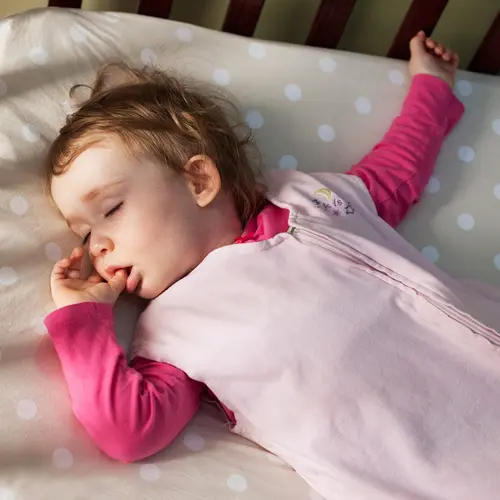Most babies are born with blue eyes, but that eye color may not last long. During the first year of your baby’s life, you’ll see their eyes reveal a unique shade. Here’s what you need to know about babies’ changing eye colors, how long it takes, and how genes affect eye color.
What Makes Eyes Different Colors?
The colored part of the eye around the pupil is called the iris. It has a front and back layer. The front layer is called the stroma and is responsible for the blue, green, hazel, or brown shade of your eyes. The back layer has a brown pigment.
Eyes have melanin, a protein that releases cells called melanocytes. The amount of melanocytes will reveal your baby’s unique eye color by the end of their first year of life.
What Does Eye Color Mean?
Eye colors are unique to each person. But they tend to fall into three main categories: brown, blue, and green.
Brown eyes. Scientists have found that at one time, everyone had brown eyes. Today, they’re still the most common color. Brown eyes can even be so pigmented that they appear black. Research suggests that people with brown eyes have a higher risk of cataracts than those with blue eyes.
Blue eyes. All blue-eyed people have a gene change that dates back between 6,000 and 10,000 years. This mutation has been passed on through mitochondrial DNA. Blue eyes also tend to be more sensitive to light.
Green eyes. Green eyes are rare: Only about 2% of people have them. The coloring is not only from pigmentation, it’s from the unique way light scatters in the eye. As with blue eyes, those with green eyes may also be more sensitive to light.
Why Are Babies Born With Blue Eyes?
Eye color is affected by the amount of pigment in the iris. Blue eyes have the least amount of pigment, and brown eyes have the most. This is why babies are usually born with blue eyes: It takes time to develop the melanocytes that create pigment.
When Does a Baby’s Eye Color Stop Changing?
Your baby’s eye color may start to change during their first year, but it may not be totally set for a few years.
Research has found that most children’s eyes will stop changing color when they’re around 6 years old. But about 15% of people have changes in eye color all their life because of their genetic makeup.
What Determines a Baby’s Eye Color?
People once believed that you could predict a baby’s eye color by simply looking at their parents’ eye colors. It’s true that parents’ eye colors affect a child’s, but it’s not a simple blend or easily predictable result.
The amount of melanin in a person’s eyes is influenced by their parents’ genes but truly determined by chance. For example, a baby born to two people with blue eyes may have brown eyes.
Genetics are complex and involve a wide range of factors, including the parents’ genes. This is why no two people have exactly the same color. Eye color is unique, just like fingerprints.


